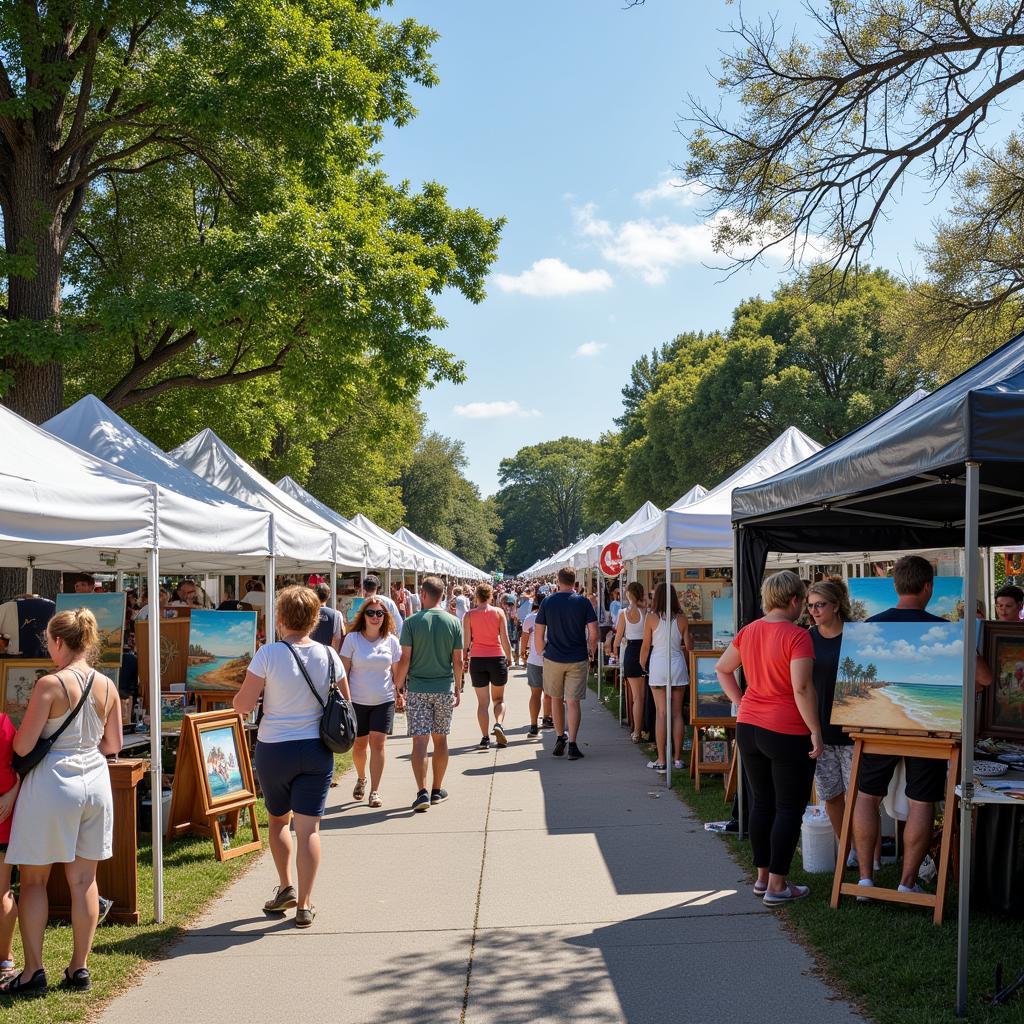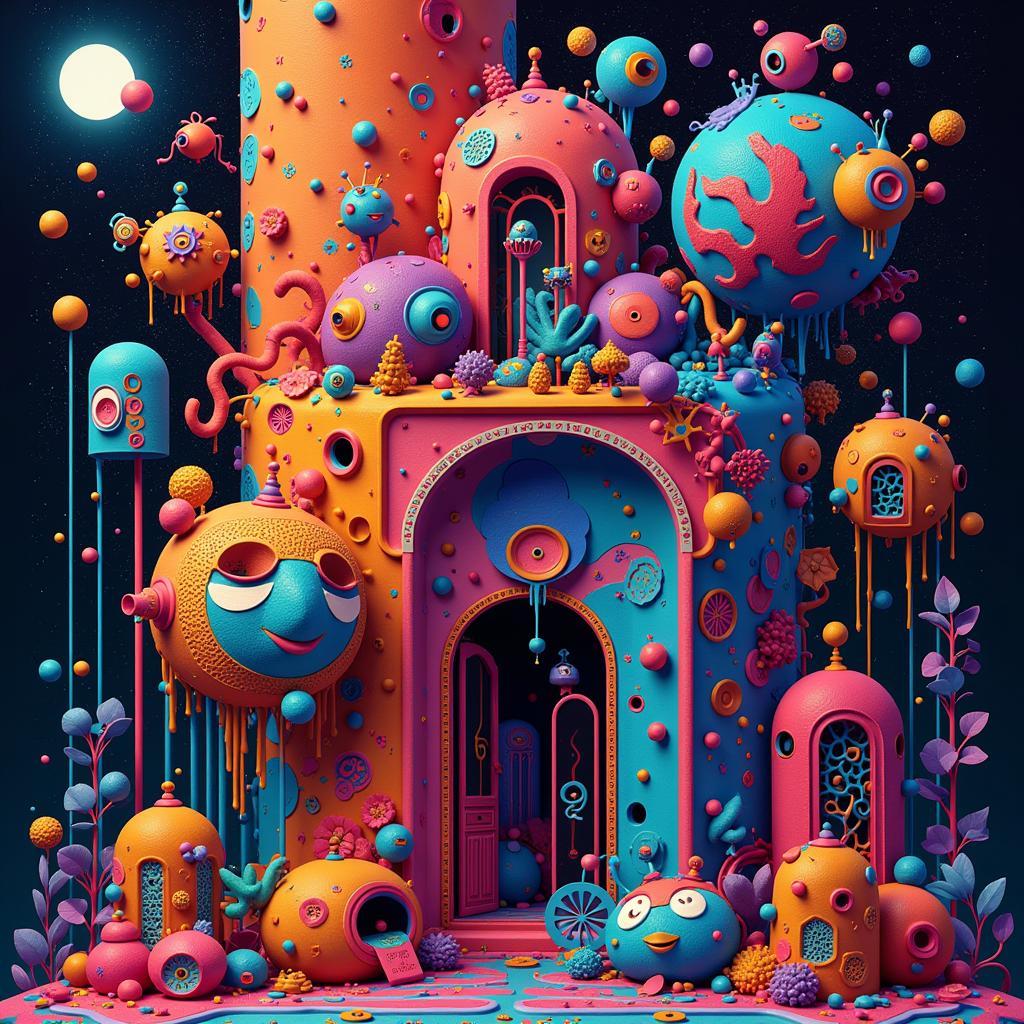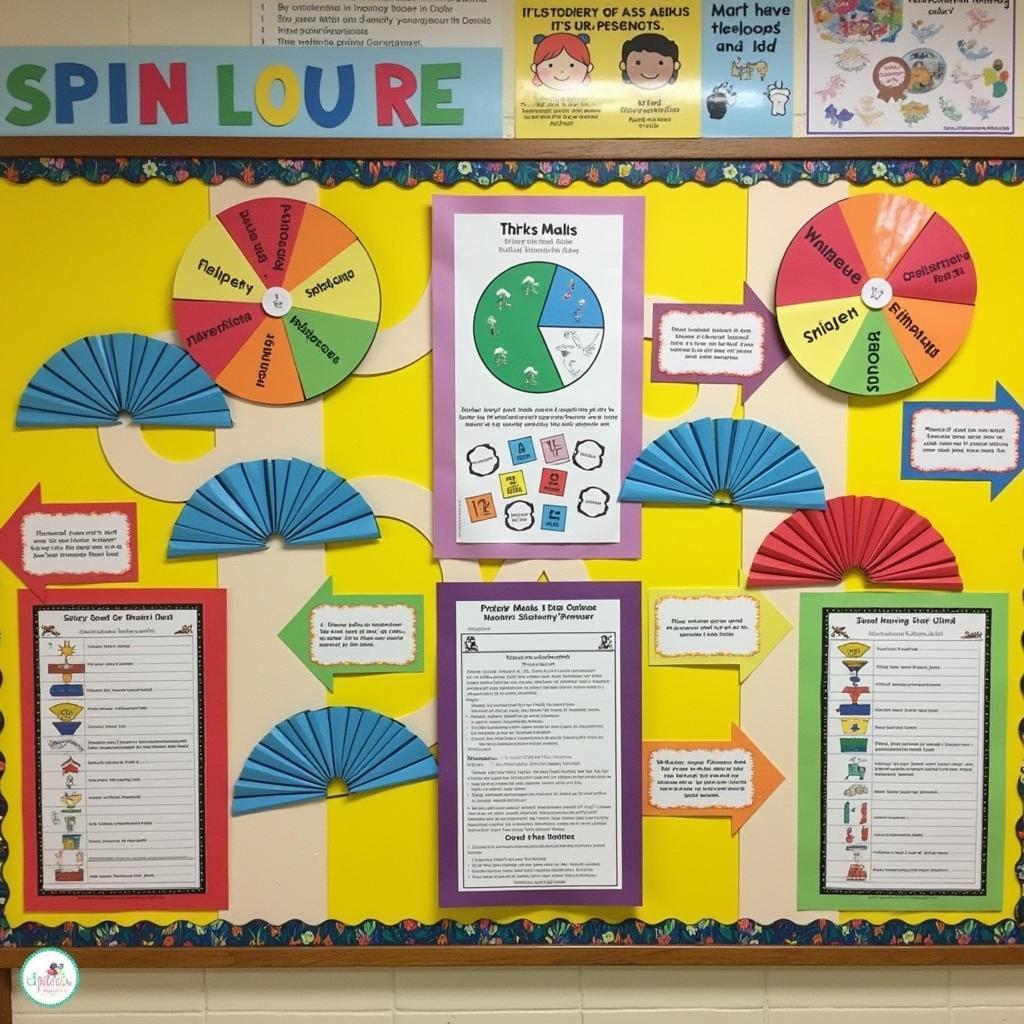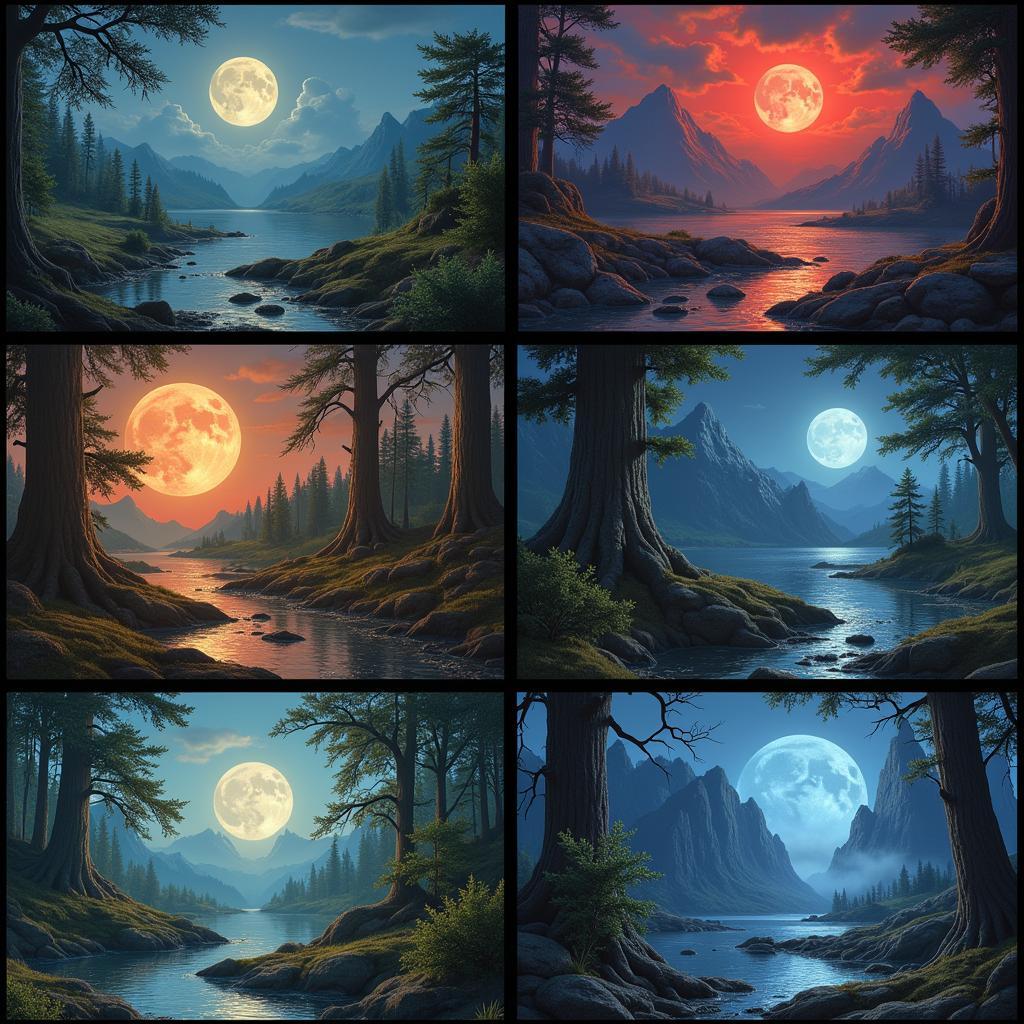Mastering the Elements of Art and Principles of Design: A Crossword Puzzle Challenge
Have you ever wondered how artists create visually stunning masterpieces? It’s not just about talent; it’s about a deep understanding of the elements of art and principles of design. These fundamental concepts are the building blocks of any visual composition, whether it’s a painting, a sculpture, or even a digital design.
To help you test your knowledge and dive deeper into these core concepts, we’ve created an engaging and interactive experience: an Elements Of Art And Principles Of Design Crossword puzzle!
Unlocking the Secrets of Visual Language
The elements of art are like the ingredients in a recipe. They’re the individual components that artists manipulate to create a visual experience. These elements include:
- Line: The path of a moving point, essential for creating shapes, textures, and movement.
- Shape: A two-dimensional area defined by lines or changes in color.
- Form: The three-dimensional counterpart of shape, implying volume and mass.
- Color: The most expressive element, conveying emotions, creating depth, and defining light and shadow.
- Value: The lightness or darkness of a color, crucial for creating contrast and volume.
- Texture: The surface quality of an object, whether it’s smooth, rough, soft, or hard.
- Space: The area around, within, or between objects, defining depth and perspective.
On the other hand, the principles of design are the rules or guidelines that artists follow to organize the elements of art effectively. These principles determine how the elements interact and create a harmonious and visually appealing composition. Some key principles of design include:
- Balance: Distributing the visual weight of elements evenly to create a sense of stability.
- Contrast: Creating visual interest by juxtaposing elements with distinct differences, like light and dark colors or smooth and rough textures.
- Emphasis: Directing the viewer’s attention to a specific area or element within the composition.
- Unity/Harmony: Creating a sense of cohesiveness and completeness by ensuring all elements work together.
- Rhythm: Creating a sense of movement and flow by repeating elements in a predictable pattern.
- Pattern: Repeating elements in a consistent and recognizable way, adding visual interest and complexity.
- Movement: Creating the illusion of motion and guiding the viewer’s eye through the composition.
- Proportion/Scale: Defining the size relationships between different elements within a composition.
Sharpen Your Skills with Our Crossword Challenge
Now that you have a good grasp of the elements of art and principles of design, it’s time to put your knowledge to the test! Our interactive crossword puzzle is designed to challenge your understanding of these core concepts while offering a fun and engaging learning experience.
Click here to access the crossword puzzle: [Link to crossword puzzle]
Elevate Your Artistic Journey
Understanding the elements of art and principles of design is like having a secret code to unlock the magic of visual communication. By mastering these concepts, you’ll not only be able to analyze and appreciate art more deeply but also enhance your own creative endeavors, regardless of your chosen medium.
Remember, the journey of artistic exploration is ongoing. So, embrace the challenge, have fun with our crossword puzzle, and continue to nurture your passion for the captivating world of art and design!
FAQs
-
What is the difference between shape and form?
Shape is two-dimensional and flat, while form is three-dimensional and has volume. -
Why is contrast important in design?
Contrast creates visual interest and helps guide the viewer’s eye through the composition. -
How can I create unity in my artwork?
Unity can be achieved through consistent use of color, texture, shape, or other elements. -
What is the purpose of rhythm in art?
Rhythm creates a sense of movement and guides the viewer’s eye through the composition. -
How can I learn more about the elements of art and principles of design?
There are many resources available online and in libraries. You can also take classes or workshops to further your understanding.
Ready to Dive Deeper into the World of Digital Art?
Contact us today for personalized guidance and unlock your creative potential!
Phone: +84 24 6257 3573
Email: [email protected]
Visit us: Savico Megamall, 7-9 Nguyen Van Linh Street, Gia Thuy Ward, Long Bien District, Hanoi 10000, Vietnam
Our dedicated customer support team is available 24/7 to assist you on your artistic journey.



